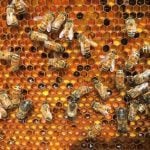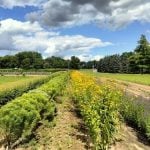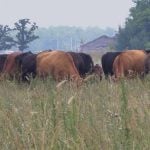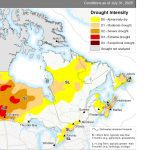Jane Thornton picks up a slab of hay and pulls it open. Tiny particles escape from the strands of hay and dance under the ceiling lights.
“The stuff looks pretty good, but see that dust coming out? That’s a killer for horse lungs,” said Thornton, a horse owner and Manitoba Agriculture grassland specialist.
As part of the Manitoba Livestock Expo held last week in Brandon, Thornton and other provincial specialists led a seminar on hay quality and selection.
Included in the seminar was information on mouldy hay and the perils it can pose to horses.
Read Also
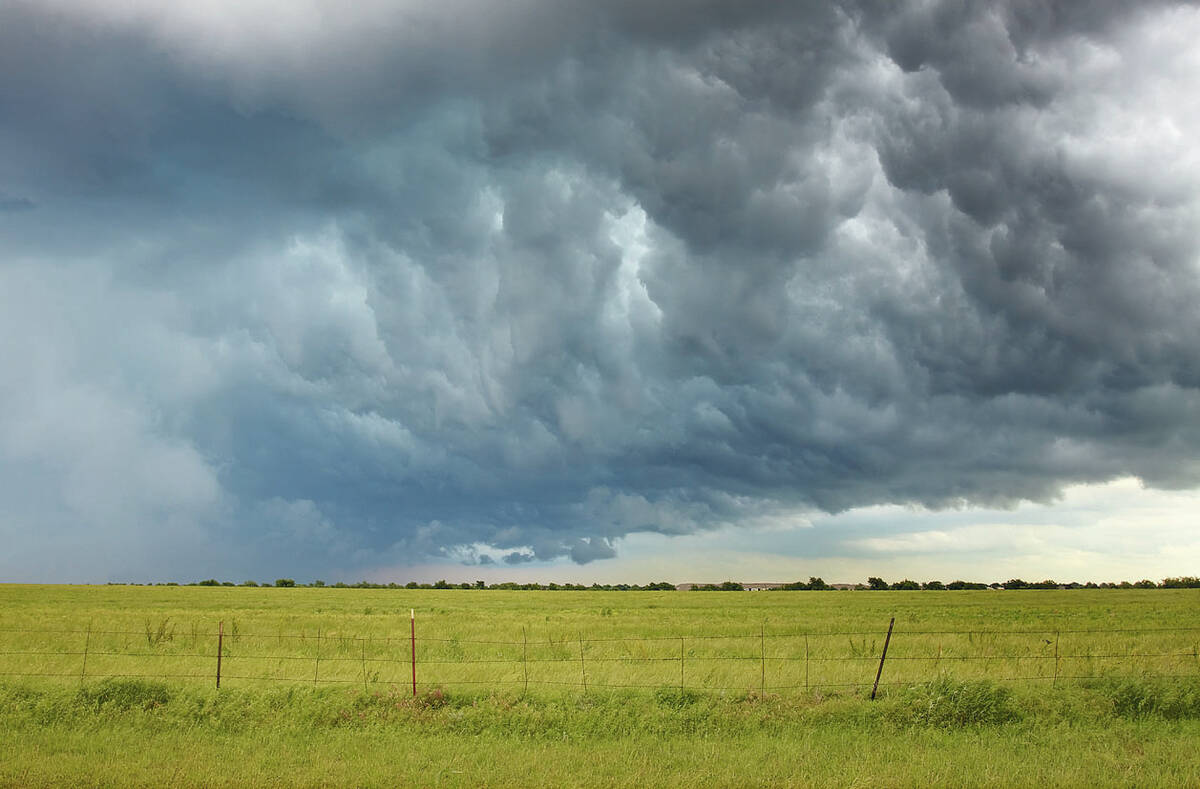
Claims filed in Alberta hailstorm aftermath
The numbers are still coming in for the cost of the damage caused by a huge hail storm that hit various areas of Alberta Aug. 20.
It was noted that hay containing dust or mould can inflame a horse’s respiratory tract, impairing its ability to breathe.
The result can be permanent lung damage and a condition commonly known as heaves. The lung damage affects a horse’s ability to breathe normally while exercising. In more extreme cases, the horse may not be able to breathe normally even at rest.
The best way to avoid the risk is to buy hay that is free of mould and dust. The dust found in hay typically comes from the spores of moulds.
Open some slabs of the hay, shake them, and watch for dust particles. The more dust, the greater the likelihood there is mould in the hay.
Smell the hay. A fresh smell is a good sign. If the hay smells musty, sour or mouldy, it’s not a good source of feed for horses.
A common cause of mouldy bales is hay that was put up too moist or not properly cured. Mould can also occur when moisture seeps into hay after it has been baled.
To lessen the risk of mouldy hay bales, store them under shelter in a place with good drainage. Placing bales on wooden palettes can prevent ground moisture from getting absorbed by the hay.










